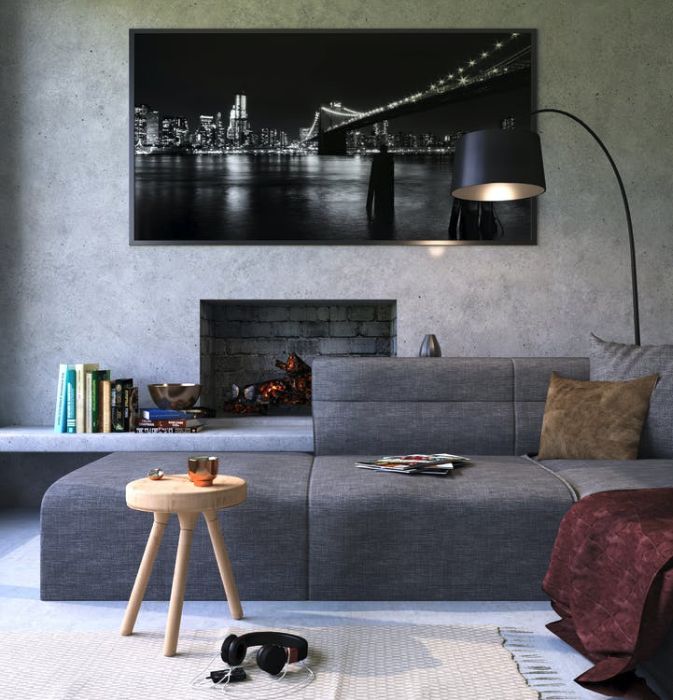With the growing awareness about environmental sustainability, the need to have efficient home appliances has increased manifolds. Now, it has become extremely imperative to be investing in gadgets and appliances which are not harmful to the surroundings, are cost-effective, and help in saving energy. One of such widely popular appliances is an electrical fireplace, which is the modern technology’s take on its age-old counterpart, running on traditional wooden logs.
Because these are electric, they are obviously saving on the money. Along with that as they don’t exude any smoke or fumes, having them around also means good air quality. Another factor that makes them absolutely delightful is their installation process, which is not only very different from the conventional ones but is rather a breeze. A guided approach to an electric fireplace installation has been explained below. Since these do not burn from an actual fuel source, installing them is rather an easy affair.
The Pre-Requisites
For anyone who may want to place the insert himself or herself, it is vital to have some basic idea about carpentry and electrical networks. Along with that, one needs to have non-combustible materials around the fireplace as a measure of extra precaution. The mantel board needs to be of premium quality to be able to support the insert. Also, the minimum distance from the ground must be maintained to avoid any operational dysfunctions.
1. Covering the Chimney
Before installing, it is recommended to cover the chimney of the house first. The environment has a tendency to go unpredictable and the gushes of water coming in may damage the electrical panels. If there is no rain cap, then it is even more necessary to seal it carefully to prevent any water leakage inside the insert. You can contact Chimney Sweep Long Island experts for professional chimney cleaning and maintenance.
2. Sealing the Damper
Dampers are one of the primary outlets in a house to let the accumulated heat pass out. If an electrical fire hearth is put in place, it would not be able to work to its maximum efficiency if the heat is not getting effectively trapped. Hence, it is important to close all possible pathways and any other outlets to ensure appropriate heating.
3. Getting a Power Outlet
Like the other electrical gadgets, this one too needs to be plugged into a socket to work. For the best aesthetic appearance, it is advisable to get the wirings and cord work done within the frame inside the fireplace so that there are no hanging wires outside. As it can become tricky and slightly complex, the design needs to be carefully thought over and well placed.
4. Put the FireBox inside the Fireplace Space
The simplest way to do this step is to slide it to the desired angle and position. By taking a look from some distance, the center and the leveling can be easily figured out. If available around, the screws are best adjusted at this point, with some tie-down brackets to the fireplace floor and all kinds of backside clearance so that nothing tips and moves from its place.
5. Attaching Everything
The final thing to do is to attach the trim or the frame responsible for covering the gap between the insert and the fireplace walls. Depending upon the material, it is possible to get it customized to one’s own liking.
We hope that this article gives you an insight into the installation process which plays an intrinsic role in the long-term qualitative usage of your electric fireplace.

